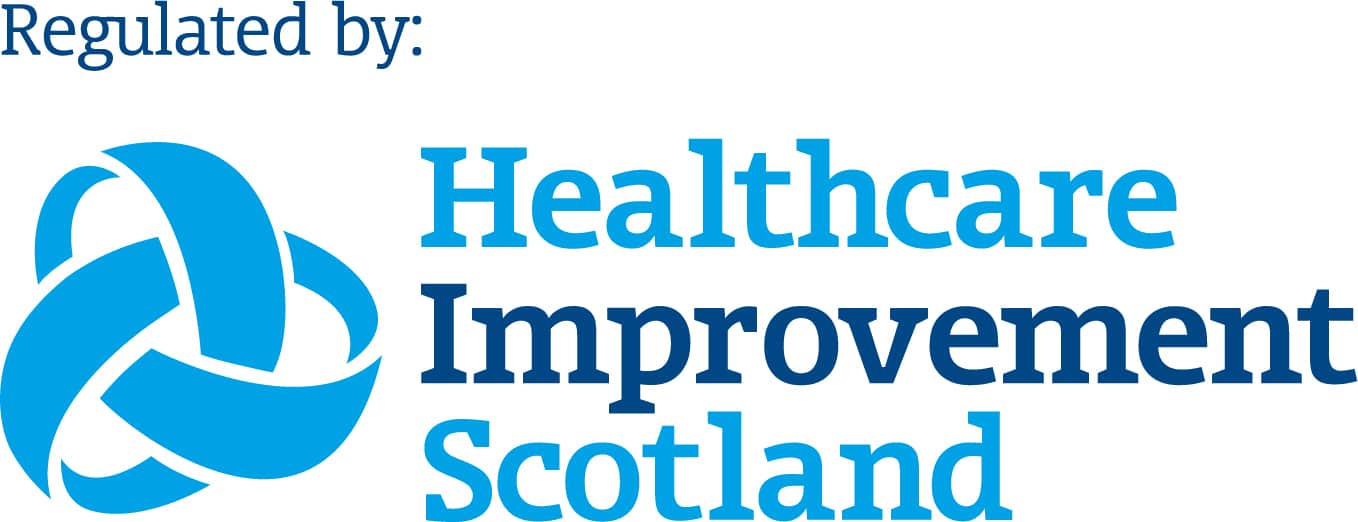Screening for certain female specific cancers may seem routine in the UK where we have regular breast screening for breast cancer and smear tests for cervical cancer, however there is one female cancer that we do not screen for, frequently labelled a silent killer – the ovarian cancer.
Ovarian cancer is rare but is the 6th most common cancer in women in the UK. Despite advances in medicine, survival rates from Ovarian Cancer have only seen modest improvements in the last 40 years, hence the emphasis on early diagnosis.
What Is Ovarian Cancer? Understanding the Silent Killer
Ovarian cancer occurs when abnormal cells in the ovary grow uncontrollably, forming a tumour. If left untreated, these cancerous cells can spread to other parts of the body.
One of the biggest challenges with ovarian cancer is that symptoms often appear in the later stages, making early detection difficult. This is why understanding the symptoms and knowing your screening options is so important.
Recognising the Early Symptoms of Ovarian Cancer
Ovarian cancer symptoms can be vague and easily mistaken for common digestive or menstrual issues. However, persistent symptoms should not be ignored. Signs to watch for include:
- Abdominal swelling
- Bloating or digestive problems (such as excess gas or loss of appetite)
- Persistent abdominal or pelvic pain
- Frequent need to urinate
- Unexplained fatigue
- Irregular periods
If these symptoms are new, persistent, and unusual for you, it’s important to see a doctor.
Ovarian Cancer Screening – Why It’s Important
Since ovarian cancer is difficult to detect in its early stages, screening is essential—especially for women at higher risk due to a family history of ovarian or breast cancer.
While there might be no routine NHS screening programme, private screening options are available to help assess your risk and detect possible signs of ovarian cancer early.
Who Is at Risk? Factors That Increase Ovarian Cancer Risk
Certain factors may increase the likelihood of developing ovarian cancer, including:
- Family history – Having close relatives with ovarian or breast cancer increases your risk.
- Age – Ovarian cancer is most common in women over 50, particularly after menopause.
- Genetic mutations – BRCA1 and BRCA2 gene mutations significantly increase ovarian cancer risk.
- Endometriosis – Women with endometriosis may have a slightly higher risk.
- Hormonal factors – Early menstruation, late menopause, and never having been pregnant may play a role.
If you have a higher risk, regular screening is strongly recommended.
Why Smear Tests Don’t Detect Ovarian Cancer
Many women mistakenly believe that a cervical smear test can detect ovarian cancer. However, this is not the case.
A smear test screens for cervical cancer, not ovarian cancer. This is why it’s crucial to have specific ovarian cancer screenings, especially if you have symptoms or a higher risk.
How to Screen for Ovarian Cancer – Your Options
If you are concerned about ovarian cancer, a Well-Woman Health Check can provide reassurance. This includes:
1. Medical History & Physical Examination
- Your doctor will discuss your symptoms, personal medical history, and family history.
- A pelvic examination will be performed to check for any abnormalities.
- Regular pelvic exams are a vital part of women’s health care.
2. Blood Tests for Ovarian Cancer: CA125 and HE4 Markers
- CA125 Test – Measures a protein called CA125, which can be elevated in ovarian cancer. However, not all ovarian cancers cause high CA125 levels, and it can also be raised in non-cancerous conditions.
- HE4 Test – HE4 is another marker that can indicate ovarian cancer. It is not usually produced in normal ovarian tissue, making it more specific than CA125.
- ROMA Test – At ROC Clinic, we use the Risk of Ovarian Malignancy Algorithm (ROMA) test, which assesses CA125 and HE4 levels alongside menopausal status to calculate the likelihood of ovarian cancer.
3. The Role of Transvaginal Ultrasound in Ovarian Cancer Detection
A transvaginal ultrasound (TVUS) is a key imaging test for detecting ovarian abnormalities. It involves placing a small probe inside the vagina to get detailed images of the ovaries and surrounding areas.
While an ultrasound cannot confirm cancer, it can detect:
- Ovarian cysts or tumours
- Abnormal masses
- Fluid build-up in the abdomen (a possible cancer sign)
Well-Woman Health Checks – Prioritising Women’s Health
At ROC, we offer comprehensive Well Woman Health Checks that include ovarian cancer screening. These assessments can help identify potential risks early and provide peace of mind.
When to See a Doctor About Ovarian Cancer Symptoms
If you have persistent symptoms or a family history of ovarian cancer, don’t wait. Speak to a doctor about your risk and screening options.



